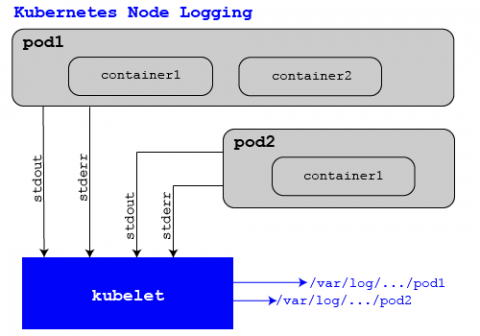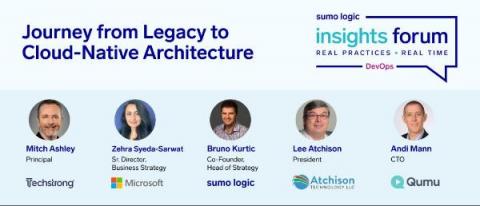Logging and monitoring Kubernetes
Kubernetes is first and foremost an orchestration engine that has well-defined interfaces that allow for a wide variety of plugins and integrations to make it the industry-leading platform in the battle to run the world's workloads. From machine learning to running the applications a restaurant needs, you can see that just about everything now uses Kubernetes infrastructure. All these workloads, and the Kubernetes operator itself, produce output that is most often in the form of logs.











